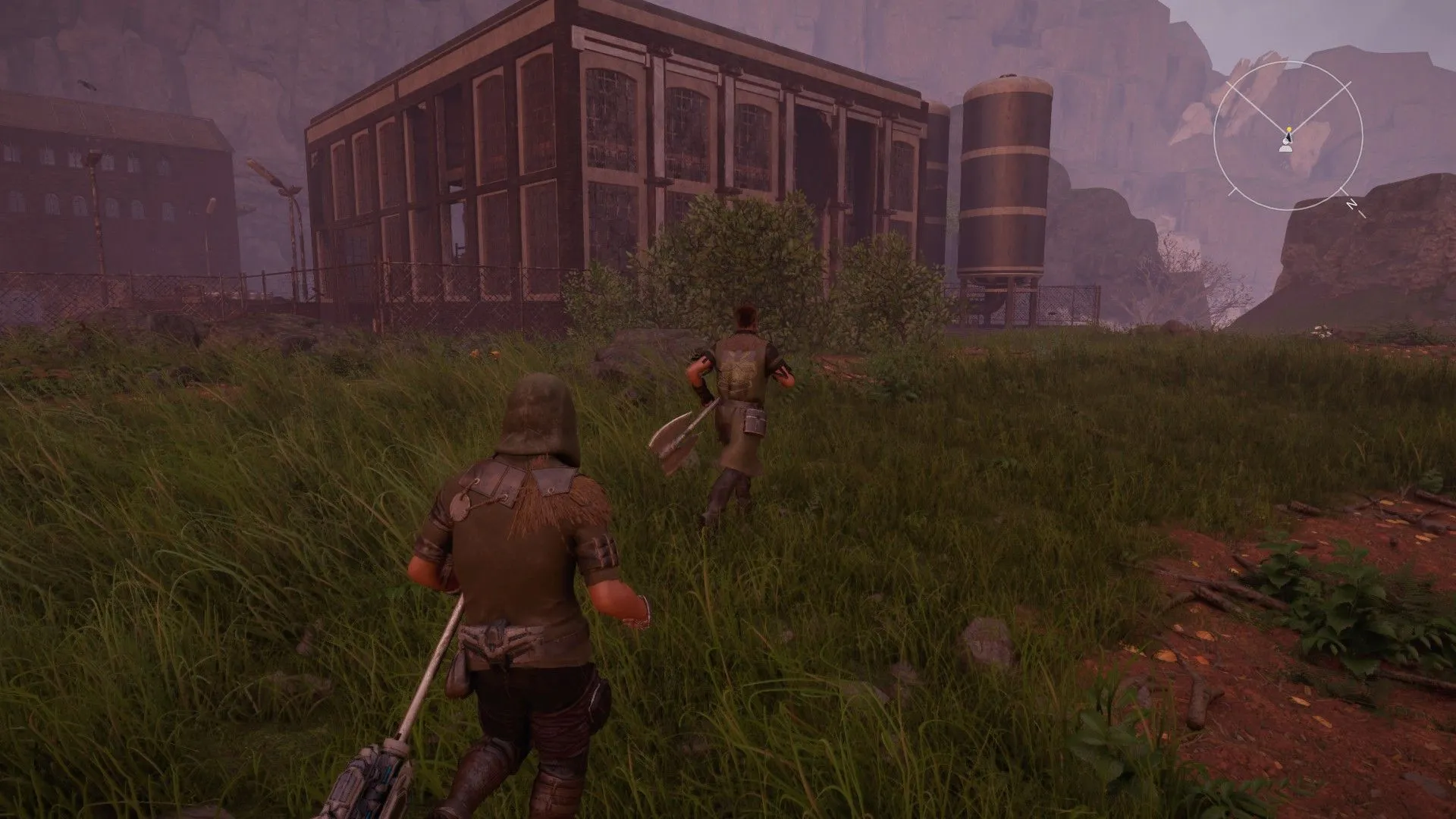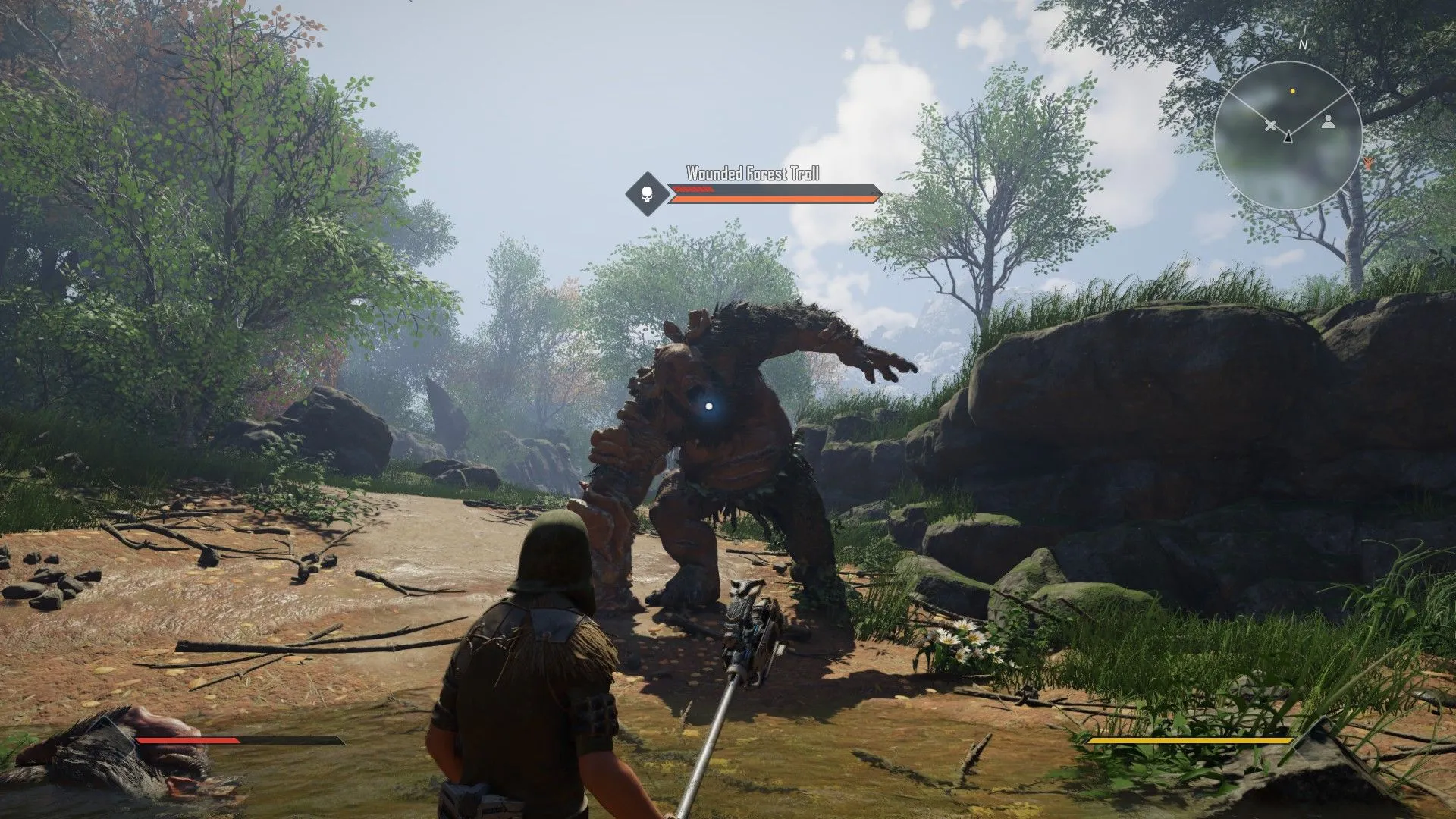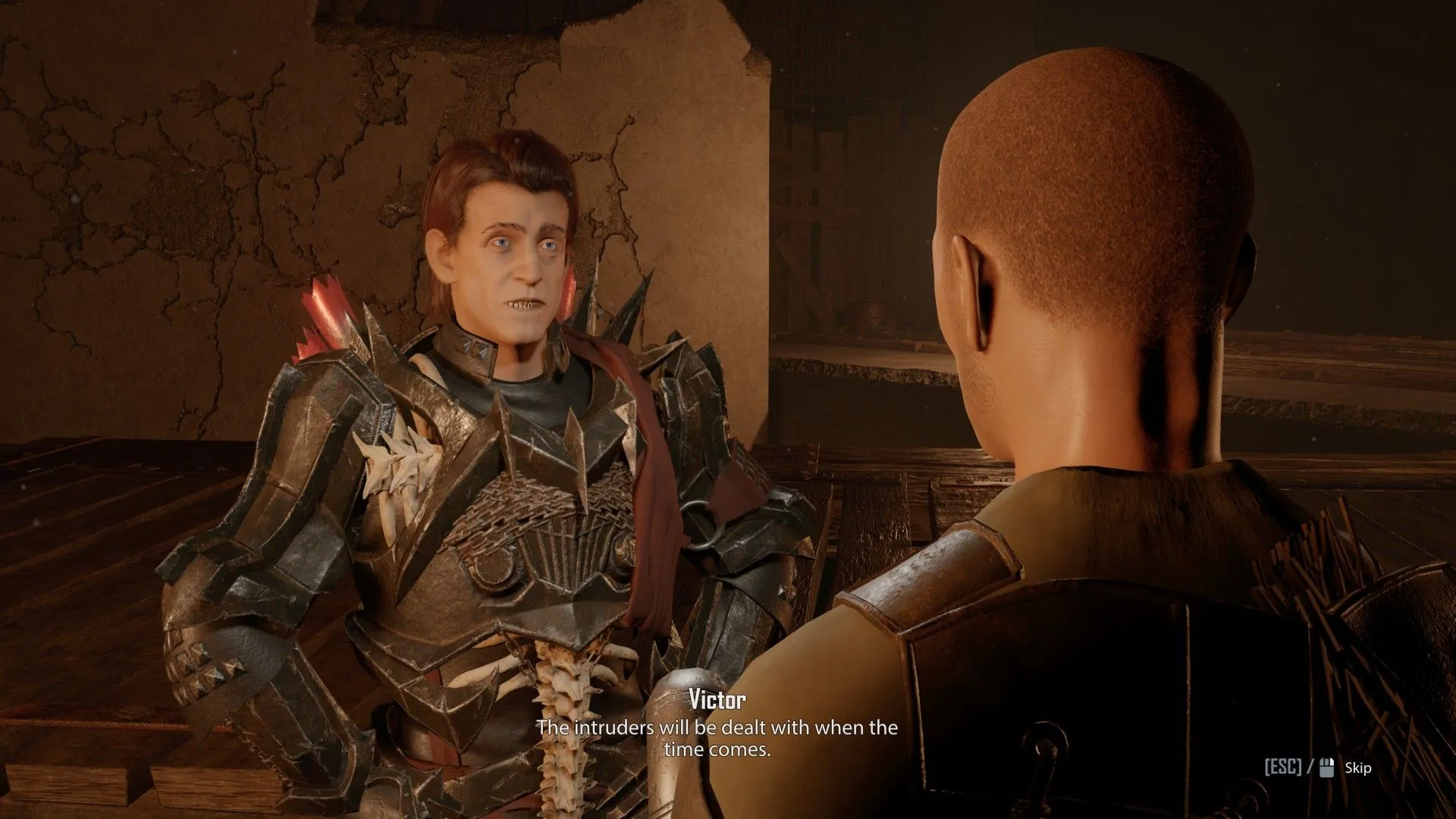
ELEX II: A Nostalgic RPG Adventure Marred by Outdated Design
The CRPG genre has experienced a resurgence in recent years, driven by passion rather than trend-chasing. Piranha Bytes, the developers of ELEX II, embody this spirit, embracing a classic RPG formula. But does their adherence to tradition hold up in 2023, or does it hinder the overall experience? This review explores the strengths and weaknesses of ELEX II, examining whether its “old-school” charm can overcome its technical and design limitations.
Exploring the World of Magalan
 alt text describing the environment and Jax using his jetpack
alt text describing the environment and Jax using his jetpack
One of ELEX II’s greatest strengths lies in its expansive open world, Magalan. The seamless transitions between diverse biomes, from lush Berserker forests to the desolate Morkon mountain ranges, create a truly immersive exploration experience. Whether you’re following a quest, chasing an NPC, or simply wandering off the beaten path, ELEX II encourages exploration of every corner of its map.
The return of Jax’s jetpack adds another layer of enjoyment to traversal. Upgraded for increased maneuverability, it allows for exhilarating flight and quick navigation, offering a welcome alternative to the ubiquitous grappling hook mechanics found in many modern open-world games. However, this freedom can occasionally break the intended gameplay flow, allowing players to bypass challenges designed to be approached from the ground.
The core gameplay loop revolves around Jax uniting five factions against a new, powerful threat. While the narrative and plot may not be groundbreaking, the game effectively establishes the complex relationships between the factions, providing ample motivation to engage with each one. The player’s progression from zero to hero is relatively swift, empowering them with devastating abilities and weaponry, culminating in a satisfying power fantasy experience.
Technical and Design Shortcomings
 alt text depicting the character models and facial animations during a conversation
alt text depicting the character models and facial animations during a conversation
Unfortunately, ELEX II’s dedication to the classic RPG formula comes at a cost. The game suffers from a significant degree of “eurojank,” a term often used to describe clunky controls, animations, and overall technical performance. These issues permeate every aspect of the game, from basic movement to combat encounters.
Combat, while offering a variety of interesting mechanics such as parries, kicks, and weapon combos, feels unresponsive and imprecise. Animations are stiff and dated, reminiscent of the PS2/Xbox era, detracting from the visceral impact of each blow. The camera, especially when locked onto an enemy, adds to the frustration with its erratic movements.
While the environments and visual effects have seen improvements over the first ELEX, character models appear strangely plastic and lack detailed shading. This is particularly noticeable during dialogue sequences, where static NPCs with minimal facial animation create an unsettling and distracting experience. One memorable example is Jax’s reunion with his son and wife, a moment that should have been emotionally charged but instead felt cold and robotic due to the stiff character interactions.
 alt text showing the environment and Jax exploring
alt text showing the environment and Jax exploring
Further compounding these issues are outdated quest design choices. Fetch quests and repetitive dialogue exchanges frequently interrupt the flow of gameplay, feeling more like tedious chores than engaging activities. While not every quest falls into this trap, their prevalence creates a negative impression and highlights the game’s archaic design philosophy.
In recent years, other European RPG developers with similar resources and experience have demonstrated a greater capacity for innovation and polish. Games like Greedfall, Kingdom Come: Deliverance, and Outward have pushed the boundaries of the genre, offering more refined experiences both technically and narratively. This begs the question: why has Piranha Bytes remained stagnant for so long?
Finally, the game’s performance issues add another layer of frustration. Despite running on a capable RTX 3070, ELEX II struggled to maintain a stable framerate, even on medium settings, showcasing a clear lack of optimization.
Conclusion
ELEX II offers a nostalgic RPG experience with a vast and intriguing world to explore. However, its outdated technical performance, clunky controls, and archaic design choices hold it back from reaching its full potential. While fans of Piranha Bytes’ previous titles may find enjoyment in its familiar formula, newcomers and those seeking a more modern RPG experience may find themselves struggling to overcome its numerous shortcomings. The game ultimately serves as a testament to the importance of adapting and evolving, even within a genre that celebrates tradition.





Comments (0)